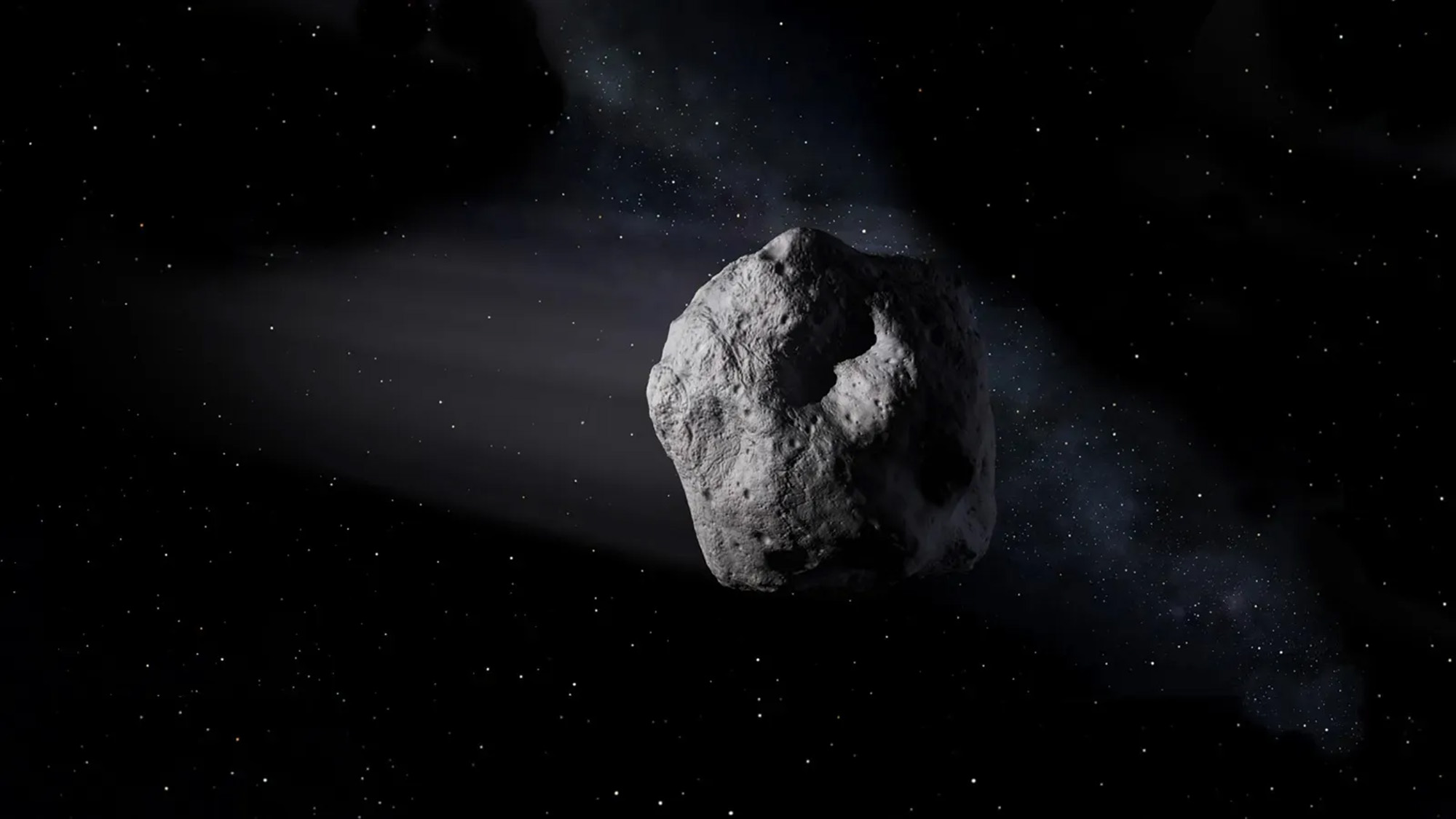There is a staggering number of asteroids floating around the solar system. Man has already counted at least 1.4 million of them– and there are probably more we haven’t seen yet.
Most of the asteroids we have observed orbit in the solar system main asteroid belt between Mars and Jupiter, but a large portion of them – known as Near Earth Objects or NEOs – have orbits that cross Earth’s path around the sun. Some of those NEOs could eventually hit Earth, with consequences ranging from a pleasant meteor shower to the extinction of an entire species (Sorry, dinosaurs).
Even though there are many asteroids, space is also mind-bogglingly vast. So how often do these asteroids actually come close to our planet?
The short answer: It depends on the size of the asteroid. Just as smaller earthquakes are more common than the Big One, small asteroids pass us by more often than catastrophically large pieces of rock.
According to asteroid expert and MIT professor Richard Binzel, the Earth encounters more than ten tons of dust every day. That’s almost twenty grizzly bears’ worth of dust hitting the Earth every day. However, these tiny dust particles can’t harm us: they simply burn up in Earth’s atmosphere, creating the kind of meteors you could make a wish for. (And if you want to catch a glimpse of some of these, the upcoming annual Perseid meteor shower is an excellent chance to see them!)
As the scale increases, rocks from marble to bowling ball size are “swept up a few times a day, creating bright streaks called bolides,” Binzel explains. “Once you get to the size of a few beach balls, they arrive many times a year, occasionally yielding recoverable fragments called meteorites.”
Objects the size of a truck hit Earth only two to three times per century, and – fortunately for humans – most of those impacts happen over the ocean, because approximately 71% of the Earth’s surface is covered by water. One of these entered Earth’s atmosphere quite recently, over Chelyabinsk, Russia in 2013. It exploded a few kilometers above the surface, but the shock was still powerful enough to break some windows. An asteroid about twice the size of the Chelyabinsk meteor exploded over another part of Russia in 1908, known as the Tunguska eventwhere an entire forest lies flat.
The largest asteroids – which are more than 450 feet wide, the same size as the Washington Monument – are the rarest. “At this magnitude, their impact would have sufficient force to cause significant local or regional damage, including the risk of a tsunami if it were to strike the ocean,” Binzel said. “Fortunately, these impacts are quite rare on human time scales, occurring on average about once every 25,000 years. That’s a probability of less than one percent per century, but still not zero over the course of a lifetime.” Binzel says we have already found and tracked about 40% of the asteroids of this size.
By comparison, so was the asteroid that killed the dinosaurs thousands of meters in diameter– an extremely rare event. We know that a fairly large asteroid (just over 300 meters in diameter) is headed our way in the near future, known as Apophis. Based on observations, astronomers predict that Earth will come uncomfortably close in 2029, 2036 and 2068. Fortunately, the risk of it actually hitting the Earth is quite small.
Astronomers are also preparing for a potentially threatening asteroid. In fact the NASA double asteroid diversion test (DART) The mission collided with the asteroid Dimorphos in 2022, demonstrating the technology needed to push an asteroid off a collision course.
One of the biggest problems for so-called ‘planetary protection’ is identifying the threats in the first place. Just a few weeks ago, two large asteroids (2024 MK and 2011 UL21, about 150 and 2300 meters wide respectively) flung through the forest edge of the Earth. However, Asteroid 2024 MK was only discovered a week before it flew between Earth and the moon – which feels a bit worrying.

Discovering all the little pieces of rock flying through the solar system is a difficult task. “The Earth, and the telescopes on it, are a constantly moving platform in our orbit around the sun. There are also asteroids orbiting around, and to be noticed the asteroid has to swing by on the night side of the Earth in the direction a telescope happens to be pointing,” Binzel explains. “Sometimes the timing of the two orbital dances do not align favorably for decades.”
To find as many asteroids as possible, we need large telescopes and cameras that can view a large part of the sky every night. A few facilities in the works will take on this task, namely the Vera Rubin Observatory on earth and the NEO Surveyor satellite in space. Rubin is a large observatory currently being built in Chile, and is expected to be built discover millions more asteroids as scans the entire sky every three nights. NEO Surveyor is a NASA space telescope launching in 2027 specifically designed to hunt for asteroids full-time for five years hoping to identify more than 90% of the potentially dangerous asteroids.
“I would be concerned if we didn’t take the challenge of asteroid exploration seriously,” Binzel adds. “But ultimately, NASA and its funding sources are taking on the adult responsibility of doing the necessary research to ensure our asteroid future is safe.” If all goes well, astronomers will be able to confidently say whether major impacts are expected in the next century. And if we discover something dangerous, it might be time to invest in DART’s successor.






















